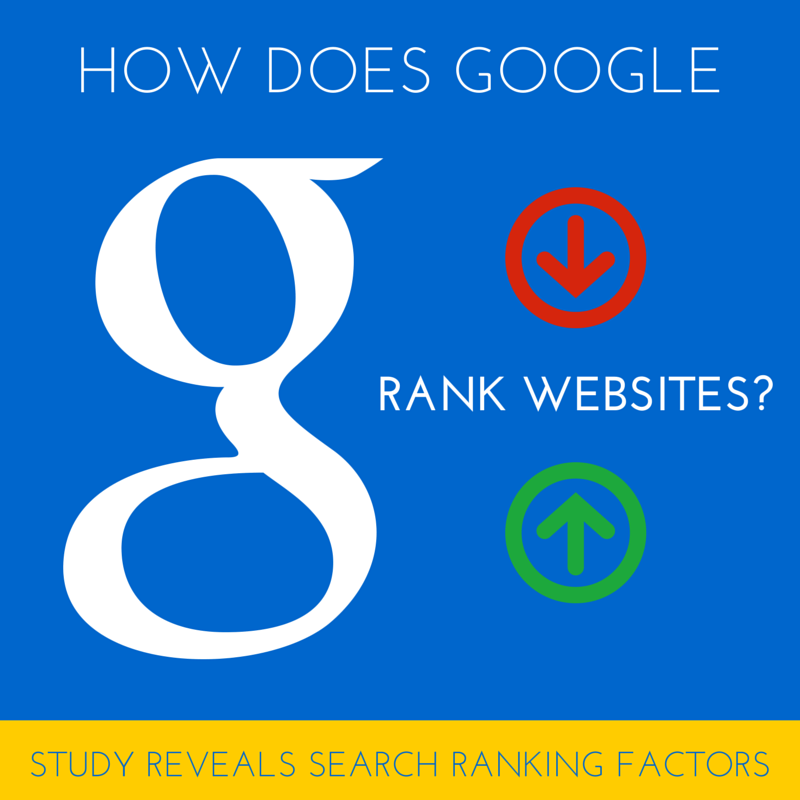How Does Google Rank Websites? Study Reveals Search Ranking Factors

SEO platform and search analytics firm SearchMetrics has released their 2014 SEO Ranking Factors and Rank Correlations Report, an annual study that provides an in-depth review of the factors that correlate with high rankings in search engine results. The key takeaway from this study, which focused only on Google search results, is that content is indeed king. Here’s an in-depth look at the importance of high-quality content and other factors that differentiate the best from the rest.
Content
Google’s algorithm recognizes high-quality, relevant content and rewards it with high rankings. Proof and relevant terms were two content features found that seemed to correlate with high rankings. Length of the content and good internal linking structure also continues to grow in importance as an SEO measure.
On-Page SEO
Keywords remain an important factor in the overall concept of SEO as well as the balance of title, description, body copy, H1, H2, etc. However, keyword stuffing should still be avoided. Searchmetrics found that there is a definite overall trend in developing keywords that generate holistic content. Other technical factors that determine high rankings are site load speed and good website design.
Backlinks
Quantity and quality of backlinks continue to be “a cornerstone and an important SEO metric.” In terms of backlink profiles, the top rated URLs had a good balanced mix of links from different sources. Quality of the link source remains to play an important role. Google’s algorithms seem to be more capable to finding link farms. Finding a single source to scale or manipulate will no longer be effective.
Social Signals
Social signals correlate strongly with better search rankings. The top social sites continue to be Facebook, Google, Twitter, and Pinterest. Although Google has mentioned that social signals are not a ranking factor, social media sites continue to play a role in direct traffic and brand awareness. A high number of social cues related to a site indicate that new content is being added to the site.
User Signals
Lastly, click-through rate and time-on site were higher on better ranking sites. The average values of these two factors benchmarked against other URLs can be a determinant in the site’s ranking. Bounce rate was also found to be lower for top-ranking sites.
